Category: Education
View Spirit of Sport blog posts covering education topics from the U.S Anti-Doping Agency.

Search Posts
Date Range

View Spirit of Sport blog posts covering education topics from the U.S Anti-Doping Agency.
